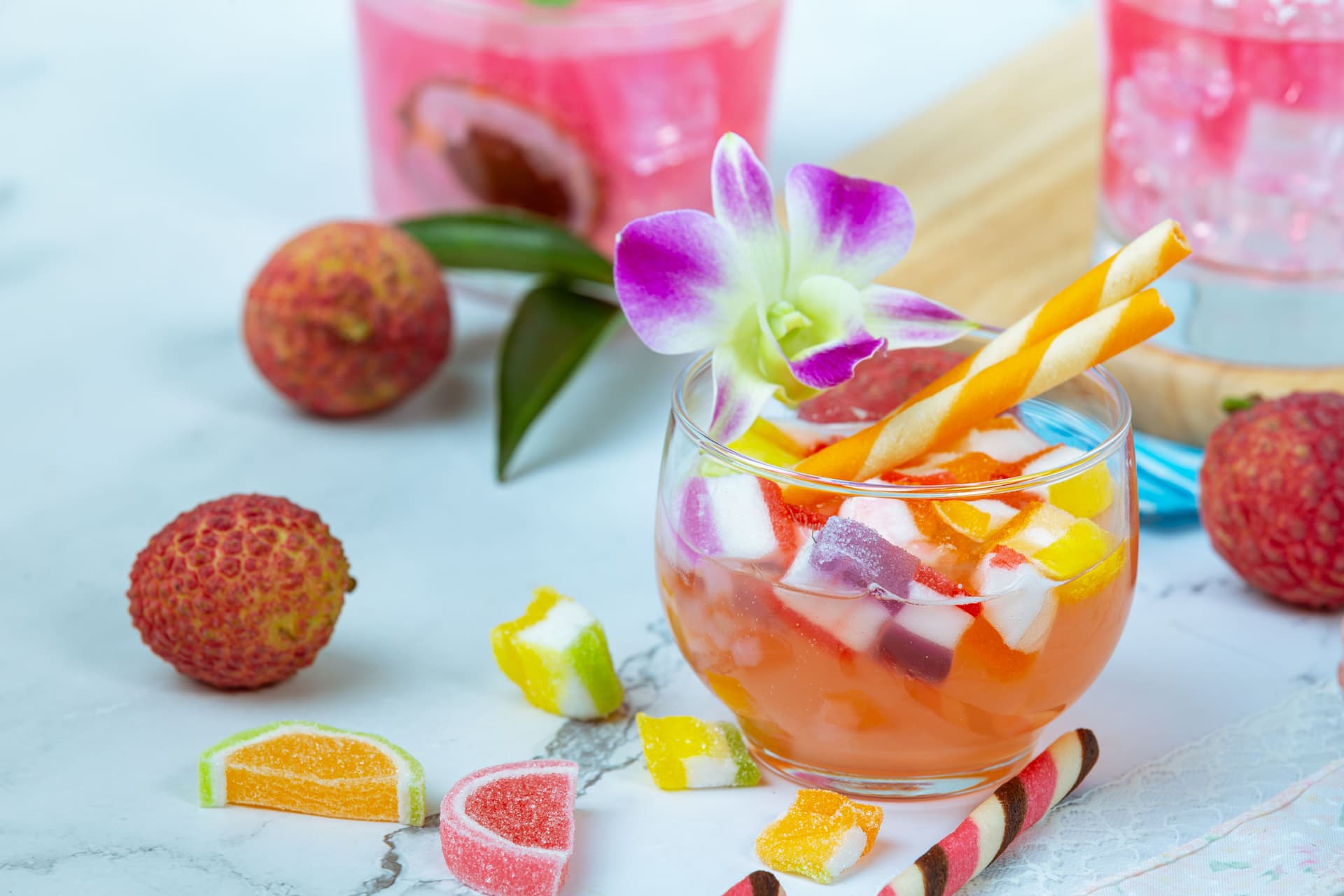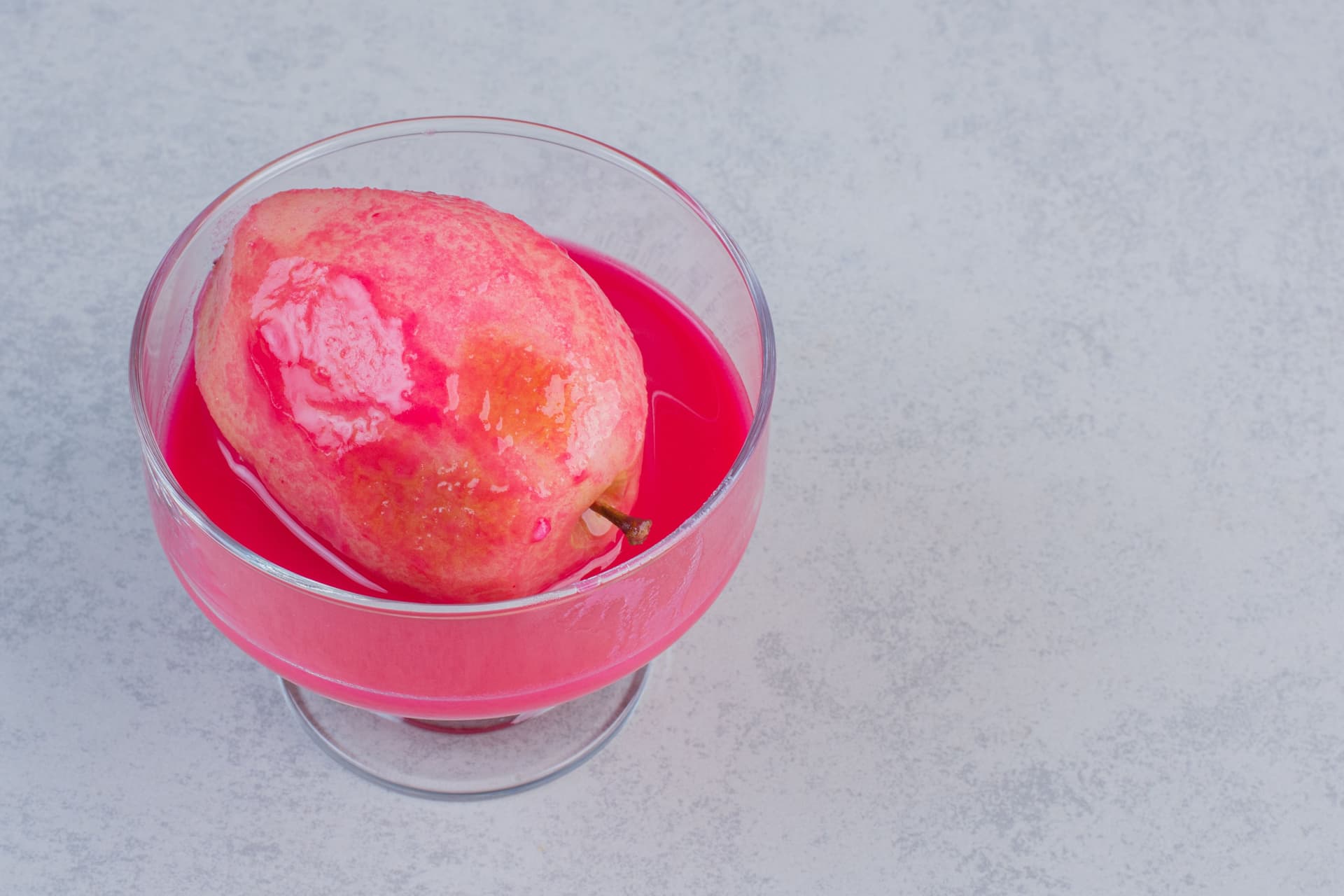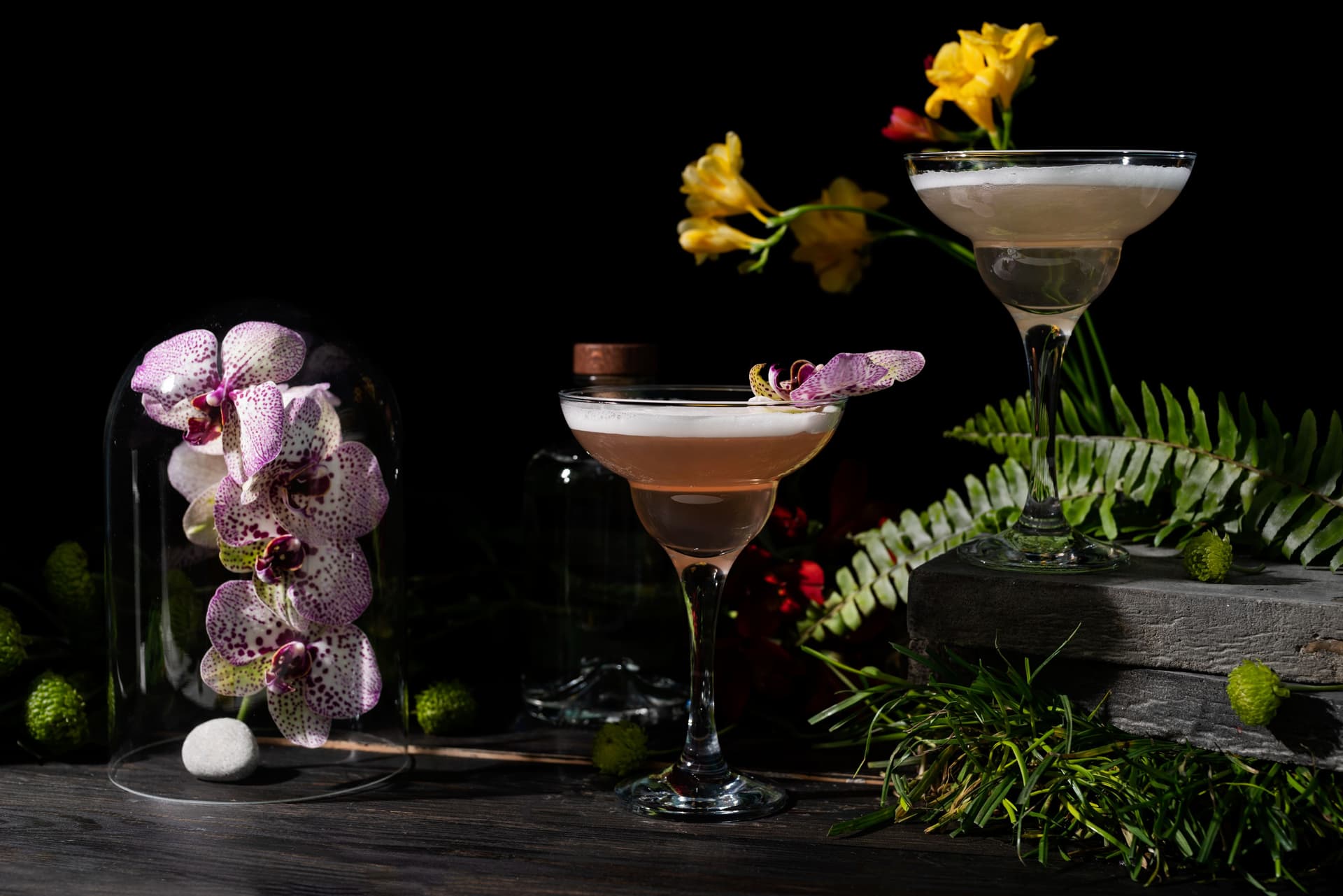5 Unusual Ingredients That Redefine Cocktail Flavours With Savoury Edge
Mixology is a disciplined art that combines science, technique, and creativity to craft balanced and consistent cocktails. Each element, spirit, modifier, citrus, syrup, or garnish requires exact measurement and timing to achieve symmetry in flavour, aroma, and texture. Temperature, dilution, shaking, stirring, and filtration influence the drink’s texture and clarity. Recipients must understand ingredient interactions, seasonal variations, and perception to craft beverages that deliver precision.
Adding unusual ingredients to a signature cocktail emerges after careful experimentation. Using unconventional ingredients challenges traditional cocktail norms as well as innovation. Hosts and bartenders seek unique serves, and these additions provide complexity, elevate presentation, and redefine expectations in contemporary mixology.

Can mango achaar be used in cocktails?
Mango achaar, a traditional Indian pickle, offers a complex flavour profile combining tang, heat, and umami. Its application in cocktails is unconventional yet increasingly explored by experimental mixologists seeking to introduce depth. The acidity from the mango, balanced with spices such as mustard seeds, fenugreek, and chilli, creates a distinctive flavour layer that can complement spirits like tequila, gin, or rum. Achaar can be incorporated in several ways: as an infused syrup, a brine for shaking, or even as a garnish element.
For example, a mango shrub margarita cocktail combines achaar-infused vinegar, sugar, and fresh citrus to add tang and spice, transforming a traditional cocktail into a multidimensional taste. Using mango achaar challenges conventional perceptions of cocktails by introducing savoury and fermented elements, but demands precise balancing to avoid masking the drink.

How does Sichuan peppercorn taste in a cocktail?
Sichuan peppercorn is prized in mixology for its distinctive spice and its citrusy, floral, and slightly bitter undertones. Unlike traditional pepper, it does not contribute much zing but adds a unique texture. In cocktails, it is often paired with citrus, herbal, or smoky spirits to enhance complexity while maintaining balance. Bartenders employ it in various forms, such as infusions, simple syrups, or whole garnishes, each method contributing different intensity and aroma. For instance, a Sichuan pepper-infused gin cocktail delivers a subtle spicy, savoury cocktail that contrasts with citrus brightness and botanical depth.
Also Read: 5 Must-Try Tequila Cocktails That Balance Sweet And Savoury Flavours Beyond The Classics
Is marigold counted as a savoury ingredient in cocktails?
Marigold flowers are rarely considered a traditional savoury ingredient, yet their subtle aromatic and slightly earthy notes can complement citrus, herbal, and spirit components. Primarily used for visual appeal, marigolds can be incorporated into syrups, infusions, or as garnishes, enhancing both colour and aromatic profile. When steeped, they impart gentle floral and herbaceous undertones that can balance savouriness or bitterness in cocktails. They are versatile in both shaken and stirred drinks, often paired with gin, rum, or light liqueurs, providing a nuanced layer that elevates presentation and sensory engagement. Although their flavour is mild, marigolds create a sophisticated backdrop for more assertive ingredients, enabling a complex, multidimensional savoury drink.

Can you add salt infused with chilli powder in cocktails?
Salt infused with chilli powder is a popular addition in contemporary cocktail culture, particularly for rim treatments or as a small seasoning accent. This combination enhances flavour by introducing depth and a slight smokiness, balancing bitter elements in the drink. This ingredient aligns with trends in savoury, experiential cocktails, where traditional sweet or sour profiles are augmented with unexpected spice and savoury accents. The technique challenges classic conventions, demanding skilful balance to prevent overpowering, while heightening taste.
Does olive oil in cocktails taste better in a savoury cocktail?
Olive oil in cocktails is utilised primarily through the fat-washing technique, in which spirits are infused with oil to impart richness, body, and subtle notes. This method creates a silky, texture and adds a layer of umami without the oil being physically present in the final drink. Common pairings include gin, whisky, or tequila, where the natural herbaceous and peppery characteristics of olive oil complement botanicals or smoky undertones. The inclusion of olive oil requires precision to maintain balance and prevent heaviness or separation.

Key Takeaways
- Unconventional ingredients such as pickles, infused salts, and spices can introduce tang, umami, or mild zing, transforming traditional cocktails into complex, multi-layered beverages.
- Ingredients like olive oil also modify texture, creating a silky, richer drink.
- Edible flowers, herbs, and brightly coloured spices contribute striking aesthetics while complementing savoury flavour profiles.
FAQs – Savoury Cocktails & Unusual Ingredients
Q1. Which spirits work best with savoury cocktails?
Gin, tequila, vodka, rum, and whiskey pair effectively. Selection depends on ingredient compatibility, ensuring balance between herbal, umami, or spicy additions and the base spirit. Savoury elements often highlight or complement botanical and earthy notes.
Q2. Can unusual ingredients dominate the flavours of savoury cocktails?
Yes. Precision in measurement and tasting throughout preparation is critical to maintain balance and prevent overpowering. Incremental adjustments allow experimentation while preserving the drink’s structural integrity.
Q3. Can these unusual-ingredient savoury cocktails be counted as seasonal cocktails?
Some elements, like fresh spices or pickled vegetables, are seasonal. Infusions, syrups, and preserved ingredients allow year-round application. Seasonal variations also provide opportunities to showcase fresh, local flavours.
*Drink Responsibly. This communication is for audiences above the age of 25.




